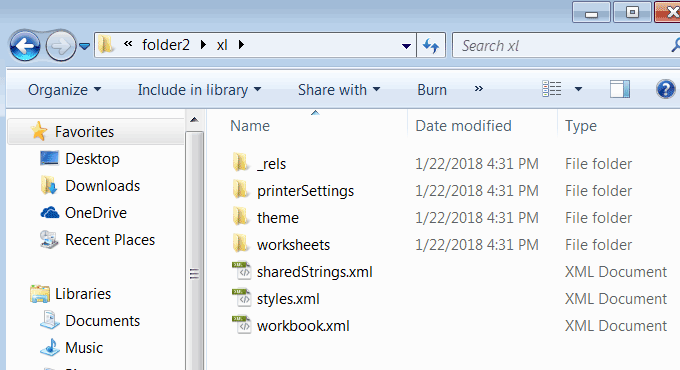3 Ways to Unprotect Excel Sheet Without Password

Unlocking an Excel sheet can be crucial when you’ve lost or forgotten the password or need access to collaborate or update an old file. Thankfully, there are methods to unprotect your Excel sheets without the need for the original password. Below, I'll outline three different approaches to help you regain access to your Excel spreadsheets with ease.
Method 1: VBA Macro Code

Visual Basic for Applications (VBA) provides a straightforward way to unprotect Excel sheets. Here’s how you can do it:
- Open your Excel workbook.
- Press
ALT + F11to open the VBA editor. - In the VBA editor, insert a new module by selecting Insert > Module.
- Copy and paste the following VBA code into the module:
Sub UnprotectSheet()
Dim Sheet As Worksheet
For Each Sheet In Worksheets
Sheet.Unprotect
Next Sheet
End Sub
- Close the VBA editor and run the macro by pressing
ALT + F8, selecting "UnprotectSheet", and clicking "Run".
⚠️ Note: This method will unprotect all sheets in the workbook, not just the active sheet.
Method 2: Using a Third-Party Software

There are various software tools available that can unlock Excel sheets effortlessly. Here’s a general process:
- Download and install a reputable Excel password removal tool.
- Open the tool and browse to select your protected Excel file.
- Choose the option to remove the protection or unlock the sheet.
- Click on "Start" or similar to begin the process.
- Save the new file with the protection removed.
🚨 Note: Use trusted software to avoid potential malware or security risks.
Method 3: Manual Editing Through XML

If you’re not comfortable with macros or third-party tools, you can manually edit the XML within an Excel file:
- Change the extension of your Excel file from ".xlsx" to ".zip".
- Extract the zip file content.
- Navigate to xl\worksheets\, where you’ll find the ".xml" files for each sheet.
- Open the XML file of the protected sheet with a text editor like Notepad++.
- Look for the element
- Save the file, compress it back into a zip, and then change the extension back to ".xlsx".
📝 Note: Be cautious when modifying file internals as this can lead to file corruption if not done correctly.
Choosing the Right Method

When deciding how to unprotect your Excel sheet, consider the following:
- Efficiency: VBA Macro and third-party software are quicker than manual XML editing.
- Security: Manual editing has a higher risk of file damage.
- Technical Knowledge: VBA requires some knowledge of programming; XML editing needs familiarity with XML structure.
After exploring these methods, your Excel sheets can be freed from protection, allowing seamless edits or collaborations. Remember to handle your spreadsheets with care to maintain the integrity of the data and ensure you're working within your organization's or personal security policies.
Can I unprotect an Excel sheet using only Excel’s built-in features?

+
Yes, you can use VBA macros within Excel to unprotect sheets, as described in Method 1. This requires no external software.
Are there risks associated with using third-party software?

+
Yes, while many third-party tools are legitimate, there’s always a risk of downloading software with malware or unauthorized data access. Ensure you’re using reputable and verified software.
What happens if the manual XML editing method corrupts my Excel file?

+
If the file becomes corrupted, you might lose data or the file structure. Always create a backup before attempting such modifications.



